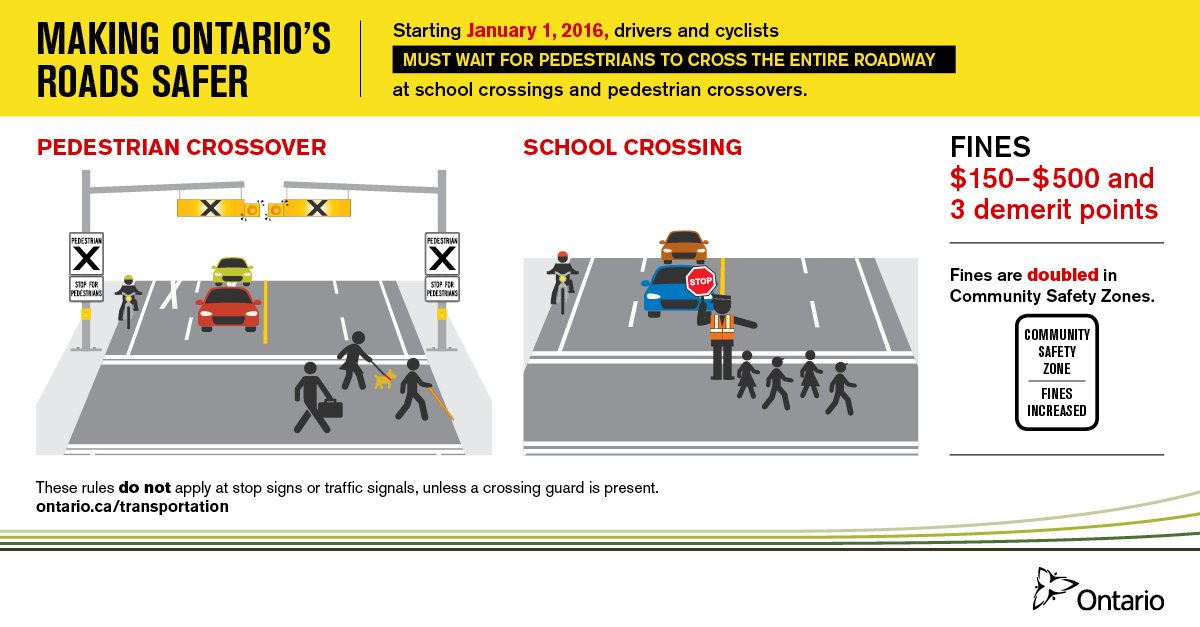Is TfL's new cycling plan revolutionary or a waste of time?
Laura Laker
Thursday 22 June 2017 07.00 BST
Mike Bloomberg, the former mayor of New York, once said “in God we trust; everyone else bring data”.
London has moved towards the mantra of one man who transformed a city for cycling by using a major data analysis to show where cycling routes could be built to get the greatest number of people on to two wheels.
Transport for London (TfL) has taken census data, cycle counts, surveys and data from the city’s hire bikes to identify future urban development and growth hotspots and collision data. They have created a map of 25 corridors across London, along which the greatest number of cycling trips could be generated.
Some believe
the Strategic Cycling Analysis (SCA) could prove crucial in pushing London’s 32 boroughs – who control 95% of the city’s roads – to build the future cycle superhighways,
quietways and liveable neighbourhoods. At present, boroughs form an incoherent patchwork of mixed-quality, stop-start odds and ends for cycling, and some boroughs do not want any cycling routes.
The London
Cycling Campaign’s Simon Munk calls the SCA, and the city’s new data-led approach to cycling, “really important”.
“It really does demonstrate in a strong, data-led way if you spend money, people will cycle. That changes the tone and the tenor of the conversation quite dramatically,” he said.
“For years and years and years we have had small groups of cyclists passionate about their patch demanding change, then you have councillors saying, ‘No one cycles around here, no one ever will, forget it.’
“It’s not just ‘if you build it, they will come’; it’s ‘this is where to build it’. That ‘no one cycles in my area’ conversation is pretty much over,” he said.
The SCA considers where cycling connections with the greatest potential for growth are; how those connections could be prioritised; how they could contribute to achieving Healthy Streets goals and the “opportunities to deliver area-wide cycling improvements”.
The map of 25 corridors represents potential cycling demand. It calculates the most likely route of cycle trips between known trip origins and destinations across London. This is something TfL has long done for motor traffic and public transport. It doesn’t identify individual roads, but plots a line between two points of demand.
TfL will now work with London boroughs to develop specific routes along those corridors.
Advertisement
Analysis suggests there are approximately 8m cycleable trips in London each day – these are not stages of the Tour de France, but short trips averaging 3.15km.
TfL also revealed the benefits of recently built protected cycle routes. There was a 54% increase in cycling along the new east-west cycle superhighway from Parliament Square to Tower Hill since its construction, and a 32% increase in the north-south cycle superhighway – routes built under the former London mayor Boris Johnson and his cycling commissioner, Andrew Gilligan.
Will Norman, London’s current walking and cycling commissioner, said this administration is committed to making physical activity a part of more Londoners’ everyday lives. He said: “While we are working hard to build new cycle superhighways and quietways now, it’s also important that we look ahead to expand the cycling network and create the next generation of routes. That’s why we’re using this ground-breaking analysis to identify the areas of greatest potential for cycling, and why we’ll be working closely with the boroughs to deliver schemes that help continue this spectacular growth in cycling for many years to come.”
But Gilligan, who has been
critical of what he sees as a lack of action during Sadiq Khan’s tenure as mayor so far and timidity in building routes approved under Johnson’s tenure, is less than enthusiastic about the value of the SCA. Although he doesn’t object to the analysis itself, he sees it as “displacement activity” – a distraction from the work of building the infrastructure.
“They have been coming up with reasonably obvious answers that there is high demand for cycling on these corridors, instead of building them,” Gilligan says. “That’s my concern: that there’s no commitment of any kind in it.
“The bureaucrats tried to make me do this. They said, ‘Let’s try to have analysis before we build these routes’, and I said, ‘No, we know where the routes are needed, go outside the building and have a look.’
“There’s high demand for cycling on most roads in central London. It depends on where you can get the routes built, which is on [TfL-controlled roads]. That’s all the analysis you need. I think this was a way to waste six months.”
Dr Rachel Aldred, a reader in transport at the University of Westminster, said the SCA’s value lies in getting more people cycling. She said: “It’s great to see Transport for London basing their strategic cycle planning on cycling potential analysis. We need to be looking at trips that aren’t currently cycled, but could be, and building infrastructure and services to give people the choice of cycling those trips. That’s what a cycling potential analysis allows.”
It’s not just London that could benefit from knowing where would-be cyclists want to go. Aldred says councils outside London could quantify demand for new cycle routes in their own areas using the recently published
Propensity to Cycle Tool (PCT), produced by Aldred and colleagues, which maps
how much commuter cycling could increase at area and route level.














